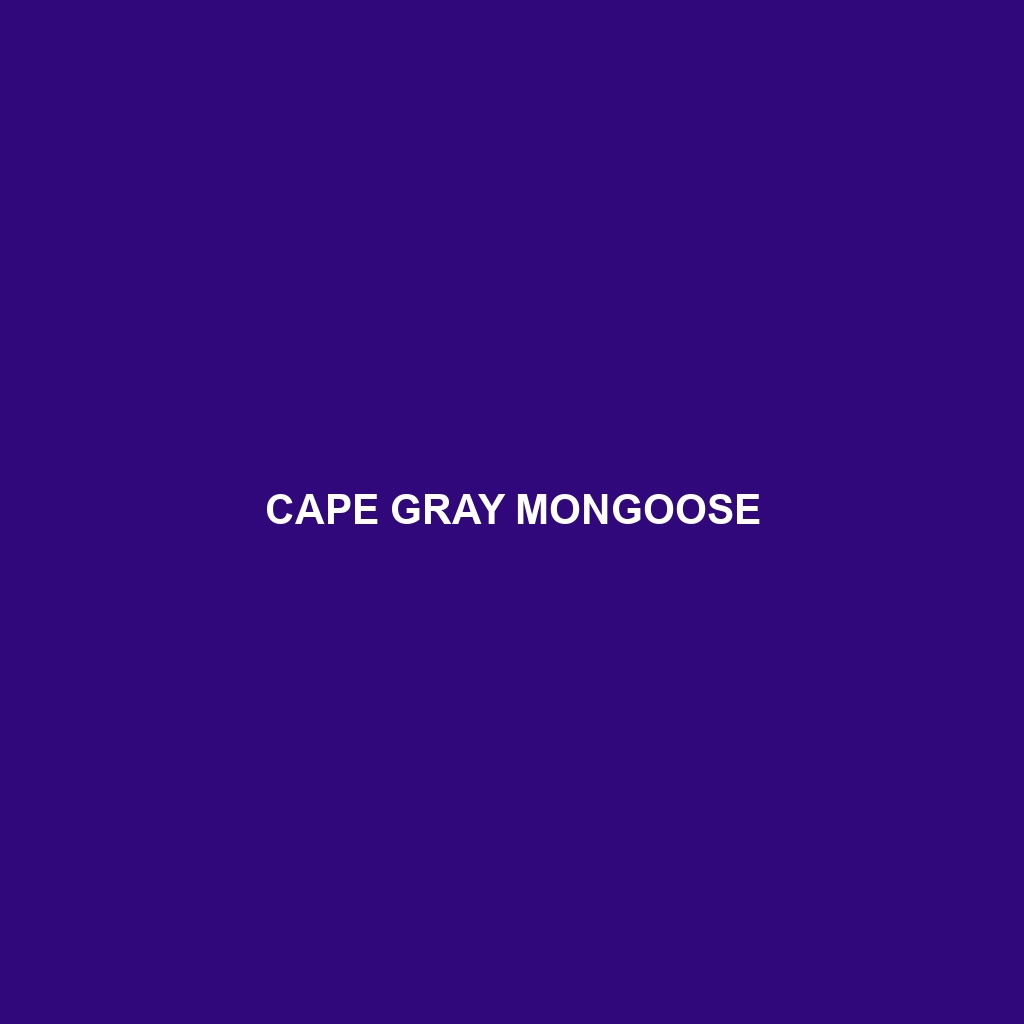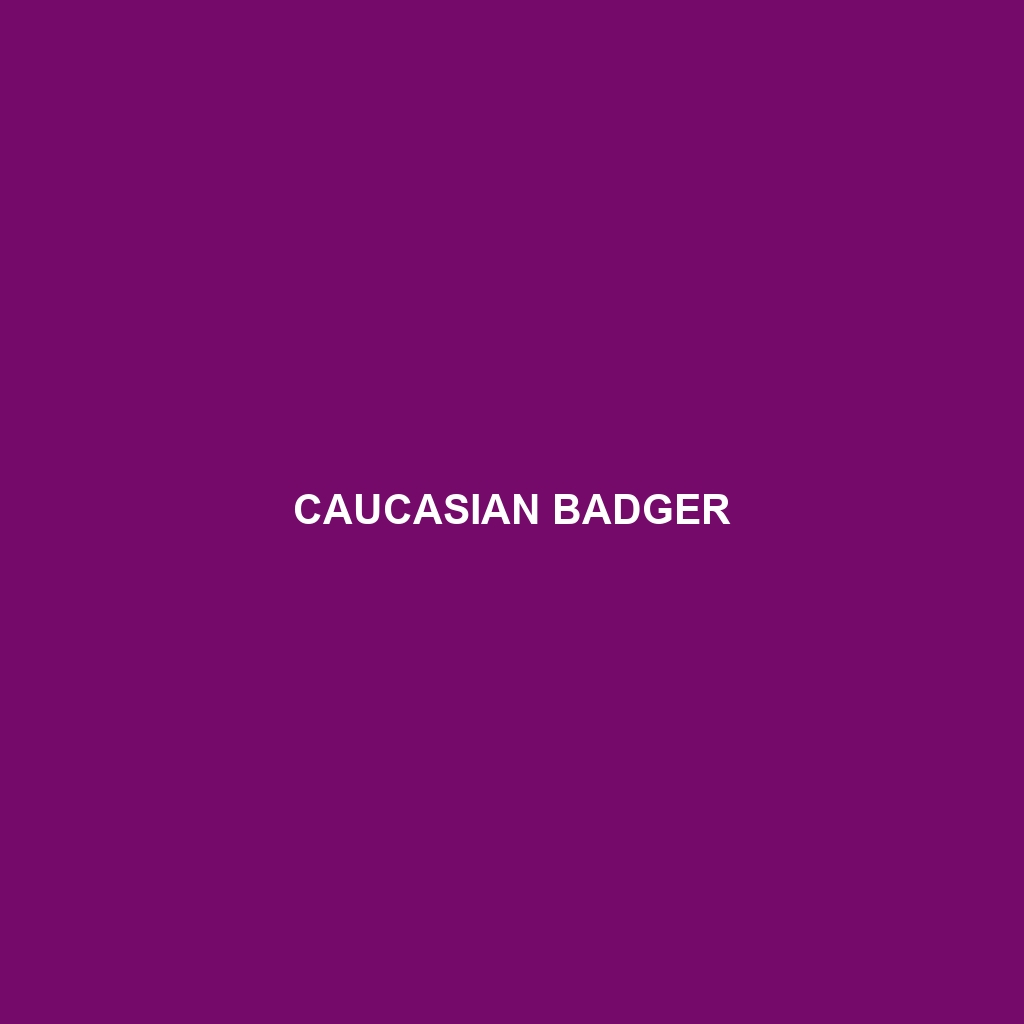Discover the fascinating world of the Bongo (*Tragelaphus eurycerus*), a vibrant antelope native to the tropical rainforests of Central and West Africa. With their striking reddish-brown coats and unique white markings, Bongos are not only visually captivating but also play a vital role in their ecosystem by supporting vegetation growth and seed dispersal. Learn about their nocturnal behaviors, dietary habits, and the conservation efforts needed to protect these vulnerable creatures from habitat loss and poaching.
Tag: mammal
Meerkat
Discover the Gambian Mongoose, a fascinating medium-sized mammal native to West Africa's diverse habitats, from savannas to woodlands. Known for its playful social behavior and opportunistic diet, this species plays a crucial role in its ecosystem by controlling insects and contributing to seed dispersal. Explore the unique characteristics and conservation status of this intelligent creature, which is both a predator and prey in its natural environment.
Common Cusimanse
Discover the intriguing world of Alexander's Cusimanse, a medium-sized mammal native to the tropical forests and savannas of Central and West Africa. This social creature, known for its distinctive elongated snout and playful behavior, thrives in dense underbrush, where it forages for insects and fruits while creating complex burrow networks. Learn about its unique adaptations, reproductive habits, and the vital role it plays in maintaining the ecosystem amidst growing conservation challenges.
Cape Gray Mongoose
Discover the fascinating world of the Egyptian Mongoose (<i>Herpestes ichneumon</i>), a skilled predator found across northern Africa, from the arid deserts of Egypt to lush wetlands in Sudan. Known for their social behavior, remarkable agility, and unique adaptations, these medium-sized mammals play a crucial role in their ecosystems by controlling small mammal and reptile populations. Explore their distinctive characteristics, diverse diet, and conservation status in this insightful blog post.
Angolan Slender Mongoose
Discover the fascinating Sokoke Mongoose, a unique species found in Kenya's coastal forests. With its striking fur and social behavior, this vulnerable mammal plays a crucial role in maintaining ecological balance while facing threats from habitat destruction. Learn about its diet, reproductive habits, and conservation efforts in our latest blog post.
Somalian Slender Mongoose
Discover the fascinating Angolan Slender Mongoose (<i>Galerella flavescens</i>), a small but agile mammal thriving in Africa's southern habitats. Known for their social behavior and adaptable diet, these mongooses play a vital role in maintaining ecological balance while exhibiting intriguing climbing skills and cooperative hunting. Learn more about their unique characteristics, behavior, and the conservation challenges they face in this informative post.
Caracal
Discover the fascinating world of the Cheetah, or *Acinonyx jubatus*, the fastest land animal capable of reaching speeds up to 75 mph. Primarily found in the savannas and grasslands of Africa, these remarkable predators exhibit unique behaviors and play a vital role in their ecosystem. Despite their incredible speed and agility, Cheetahs face conservation challenges as their populations decline, classified as vulnerable by the IUCN. Learn more about their habitat, diet, and the urgent conservation efforts needed to protect this iconic species.
Corsac Fox
Discover the fascinating world of Blanford's Fox (*Vulpes cana*), a small, nocturnal canid native to the rugged mountains of Central Asia. With its distinctive appearance, remarkable agility, and unique ecological role, this species is not only a skilled predator but also a symbol of the diverse wildlife in arid landscapes. Learn about its habitat, behavior, diet, and conservation status in our comprehensive species description.
White-nosed Coati
Discover the fascinating world of the Ringtail, a nocturnal mammal native to the western regions of North America. With its striking black-and-white ringed tail and adaptable nature, the Ringtail thrives in diverse habitats, from rocky canyons to scrublands. Learn about its diet, playful behavior, and crucial role in maintaining ecological balance in our latest blog post.
Caucasian Badger
Discover the fascinating world of the Sumatran Hog Badger (*Arctonyx collaris*), a unique mammal native to the lush forests of Sumatra, Indonesia. With its distinctive physical traits, adaptable omnivorous diet, and vital role in maintaining ecological balance, this species faces significant threats from habitat loss. Learn about its solitary behaviors, conservation status, and the importance of protecting this vulnerable species in our latest blog post.









